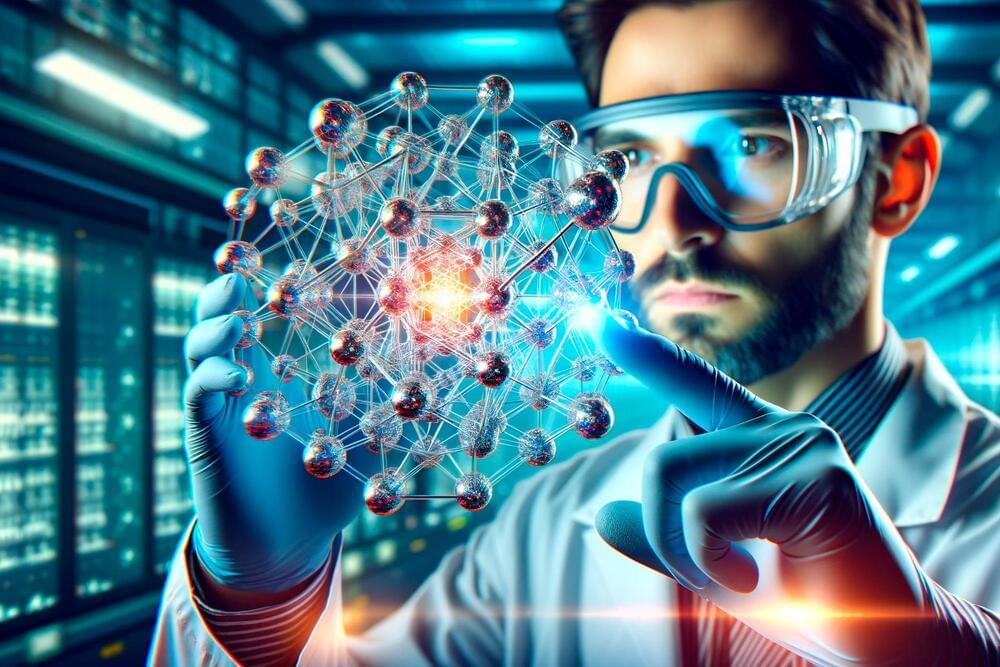The long-awaited federal ZEV sales mandate for light-duty vehicles will require auto makers and importers to meet ZEV sales quotas aligned with federal targets — 20 per cent in 2026, 60 per cent in 2030 and 100 per cent in 2035.



UCLA breaks new ground in alloy research, presenting the first 3D mapping of medium and high-entropy alloys, potentially revolutionizing the field with enhanced toughness and flexibility in these materials.
Alloys, which are materials such as steel that are made by combining two or more metallic elements, are among the underpinnings of contemporary life. They are essential for buildings, transportation, appliances and tools — including, very likely, the device you are using to read this story. In applying alloys, engineers have faced an age-old trade-off common in most materials: Alloys that are hard tend to be brittle and break under strain, while those that are flexible under strain tend to dent easily.
Advancements in Alloy Research.

“The R in R30 stands for Revolution; we decided to offer something radically different, radically better,” say the creators of the boat.
The Blue Innovations Group, founded by the former Global Head of Manufacturing at Tesla, has officially launched the R30 electric boat.
John Vo, founder and CEO of the Blue Innovations Group, proudly introduced the R30, emphasizing its radical departure from conventional boat designs.
Vo highlighted the distinctiveness of the R30, stating, “The R30 was designed from scratch. We threw out the playbook most boatbuilders follow because if you squint your eyes at a boat show, most boats look the same. The R in R30 stands for Revolution; we decided to offer something radically different, radically better.”
Butterfly, the inaugural eVTOL incorporating Optimum Speed Tilt Rotor and Individual Blade Control technologies, promises optimal efficiency and a refined ride.
In response to the dynamic demands of evolving personal mobility, the electric Vertical Takeoff and Landing (eVTOL) industry has flourished in recent years. Numerous aviation startups are actively competing to be the pioneers in introducing their respective models to the market.
Aiming to make a significant impact in the eVTOL sector, California-based aerospace company Overair has successfully built and assembled the first-ever eVTOL aircraft utilizing Optimum Speed Tilt Rotor (OSTR) and Individual Blade Control (IBC) Technology. Named Butterfly, the firm claims that it features a “completely novel approach to aviation that unlocks a new standard in quietness, performance, and reliability,” according to a statement by the company.

Tesla’s Future Charging, The New Tech in the Model Y, Tesla software features and more.

Dec 20 (Reuters) — Sales of electric cars in the European Union were almost half of all new passenger car registrations in the EU between January and November 2023 and already crossed the halfway mark in the month of November alone, data showed on Wednesday.
Electrified vehicles — either fully electric models, plug-in hybrids or full hybrids — accounted for over 47.6% of all new passenger car registrations in the EU as of November, up from 43% in the same period last year, the European Automobile Manufacturers Association (ACEA) said.
New-car registrations in the EU increased 6.7% in November, the 16th consecutive month of growth, with a year-on-year rise of 13.3% in the registration of electric vehicles. Petrol car registrations grew by 4.2%, while diesel dropped by 10.3%, the data showed.
Tesla’s Cybertruck manufacturing process is groundbreaking and involves high precision laser cutting and stamping of stainless steel, setting a new benchmark for work trucks and impressing industry experts like Sandy Munro.
Questions to inspire discussion.
What materials are used in the Cybertruck manufacturing process?
—The Cybertruck manufacturing process involves high precision laser cutting and stamping of stainless steel without a coating, as well as the use of aluminum bronze to stamp hot blanks.
Tesla is poised to lead the future of autonomous vehicles and the electric car market, with the potential for the Model Y to become the best-selling vehicle and the end of legacy auto manufacturers on the horizon Questions to inspire discussion What is the speaker’s background and expertise? —The speaker has a backgrou.

Summary: A novel aircraft design pioneered by startup Natilus could dramatically alter the cargo transportation industry, offering larger capacities, reduced emissions, and futuristic remote control options.
In the field of aviation technology, a groundbreaking blended-wing robotic aircraft presents a future where efficient and sustainable cargo planes are the norm. The company pioneering this effort, Natilus, has built a model that harmonizes ecological concerns with the need for faster and cost-effective transportation.
Drawing from the source article, the unconventional plane differs from traditional airliners with its distinct diamond-shaped body that facilitates a more spacious cargo hold. This design enables up to 60 percent more cargo to be carried compared to the current models in use. Furthermore, it notably claims to cut carbon emissions by half, a crucial development for an industry under increasing pressure to become more environmentally friendly.